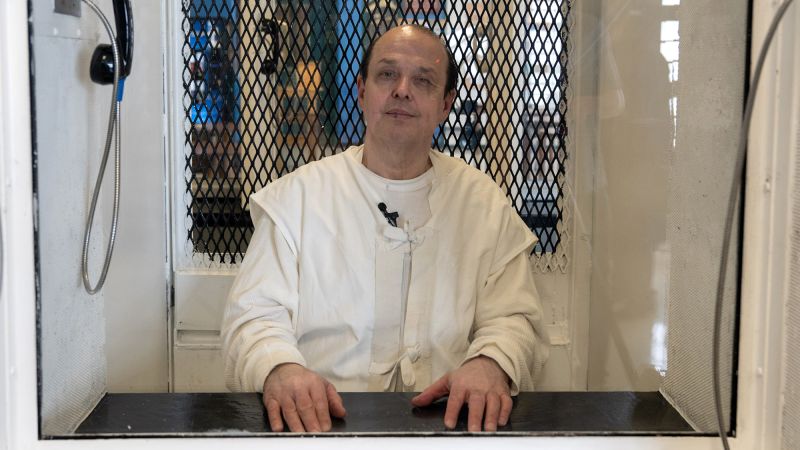The Texas Supreme Court paved the way for a new execution date for Robert Roberson on Friday, rejecting a state house committee’s efforts to delay the execution. Roberson was convicted in 2002 for the murder of his two-year-old daughter Nikki Curtis, making this a significant development in a case that has drawn substantial attention due to its controversial medical evidence.
Roberson’s conviction primarily rested on allegations that his daughter died from Shaken Baby Syndrome (SBS) – a diagnosis that his legal team has consistently challenged, citing emerging medical literature that discredits the syndrome as a definitive cause of death.
Shaken Baby Syndrome, also known as abusive head trauma, has been at the heart of the Roberson’s case due to the conflicting scientific opinions on it. The syndrome is commonly defined as a collection of signs and symptoms resulting from violent shaking or shaking and impacting of the head of an infant or small child.
Roberson’s lawyers argue that literature in recent years has cast significant doubt on the validity of SBS as sufficient grounds for conviction. They argue that the medical understanding of the syndrome has drastically evolved since 2002, and today’s increased understanding of the varying causes of infant head injuries should factor into reevaluating the solidity of Roberson’s conviction.
Despite his lawyers’ protests and medical evidence they presented, the Texas Supreme Court denied their attempt to delay his execution. The decision clears the way for the courts to set a new date for Roberson’s execution, affirming the stance that there’s enough evidence, besides the disputed SBS diagnosis, to maintain his conviction.
The court’s ruling is crucial in Texas, a state that has long been a focal point in the national debate over capital punishment given its high rates of executions. It also sheds light on the complex issue of evolving scientific evidence and its role in the legal system, exemplifying that it may not always be sufficient to turn the tide of a case.
Roberson has always maintained his innocence and his conviction, based largely on a disease that remains a contentious point of medical debate, mirrors other controversies surrounding SBS cases. Families and defendants across the globe have increasingly called the syndrome into question as a standalone diagnosis, igniting debates about its legitimacy.
Critics of the SBS diagnosis argue it lacks definitive, scientific proof and has led to wrongful convictions. Supporters, on the other hand, view it as a vital tool in child protection, asserting it has helped identify and prosecute instances of child abuse.
The Roberson case encapsulates the tension between these two perspectives and the ongoing debates around evolving scientific understanding and its role in the justice system.
As the courts move forward with setting a new execution date for Roberson, the implications of this case extend beyond him and Nikki Curtis. It throws a harsh spotlight on whether the justice system can adequately adapt to the advances in the medical field, particularly when it comes to the substantial weight given to medical evidence in capital cases. It also raises questions about the legal validity of increasingly disputed scientific theories.




